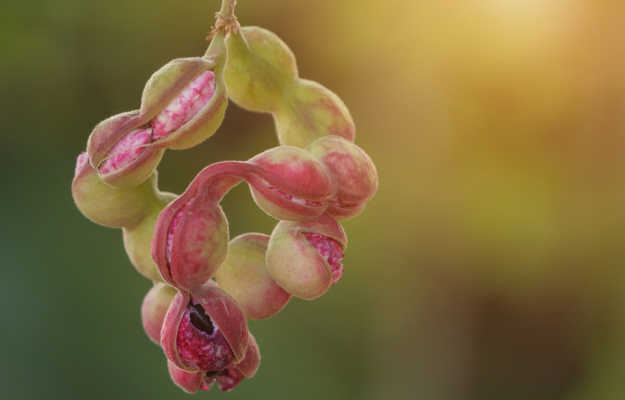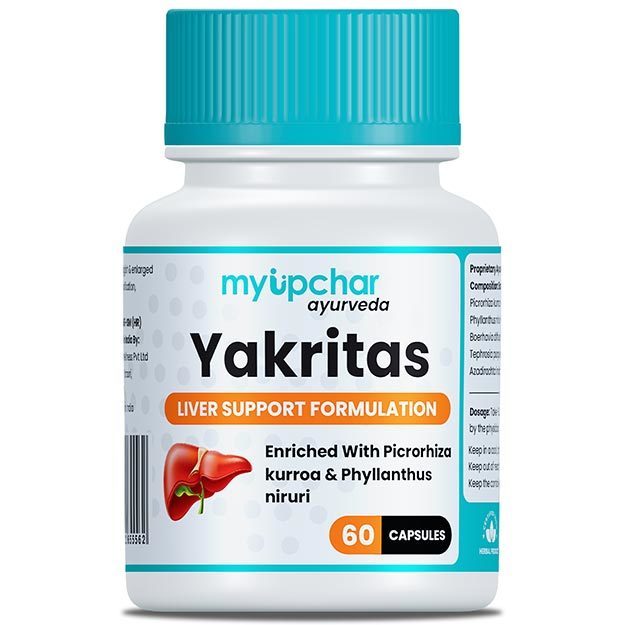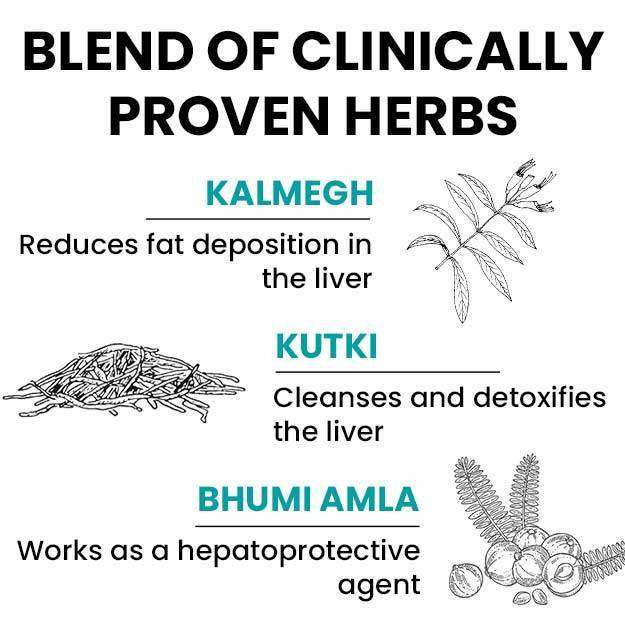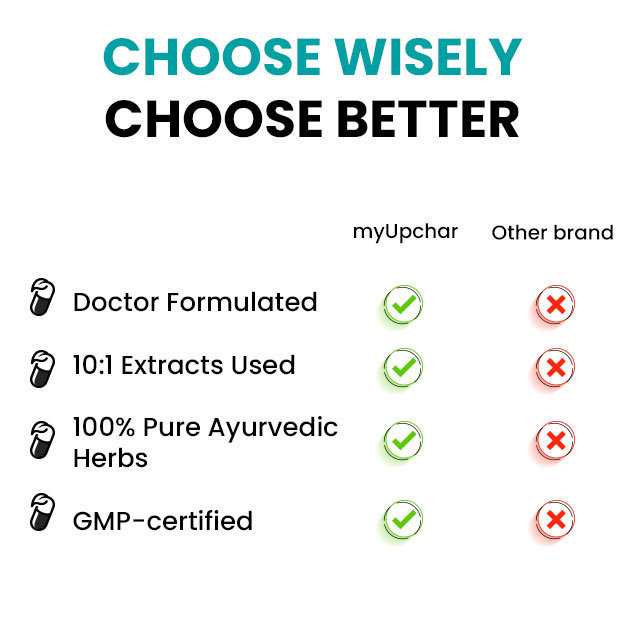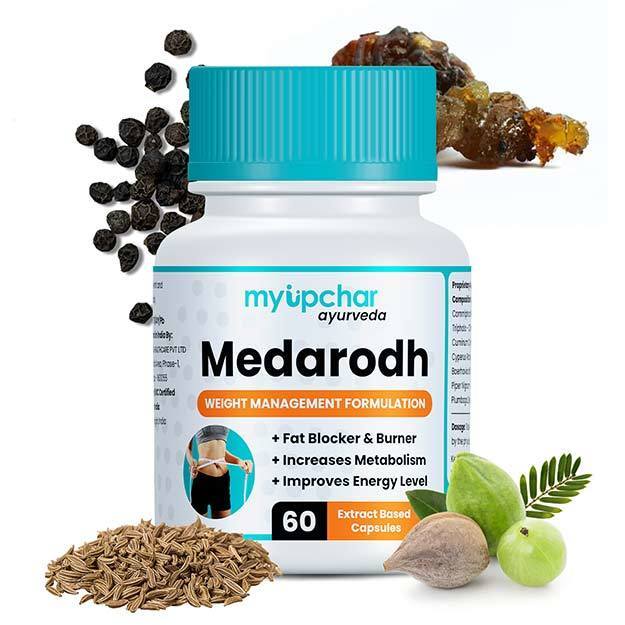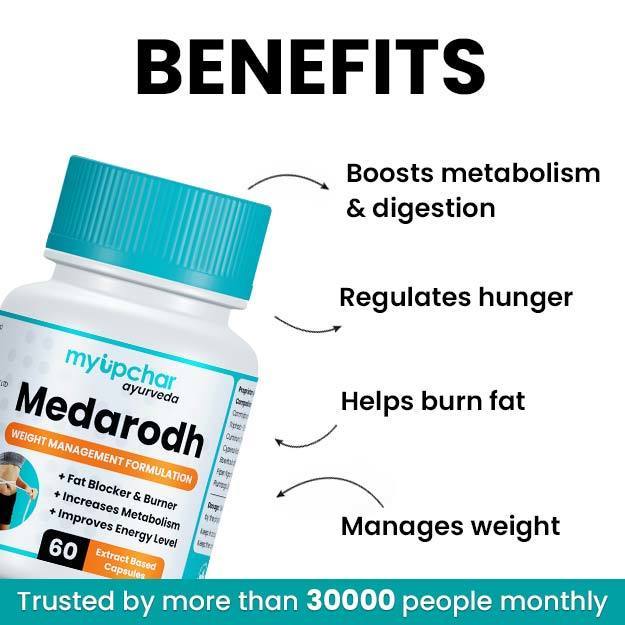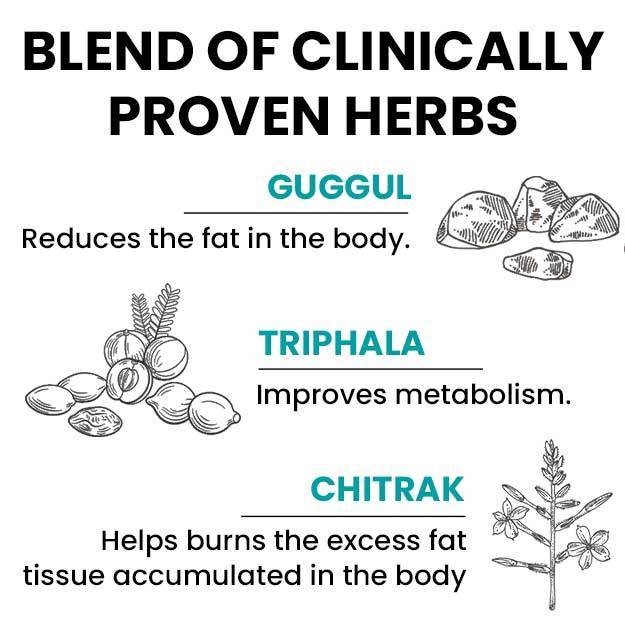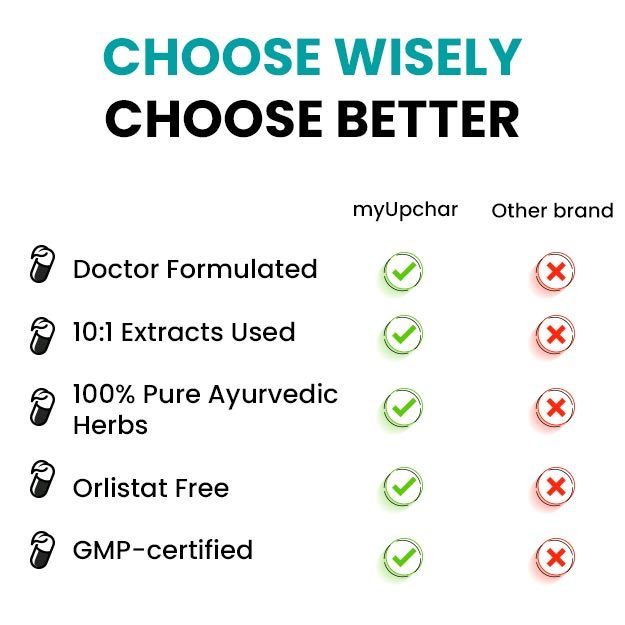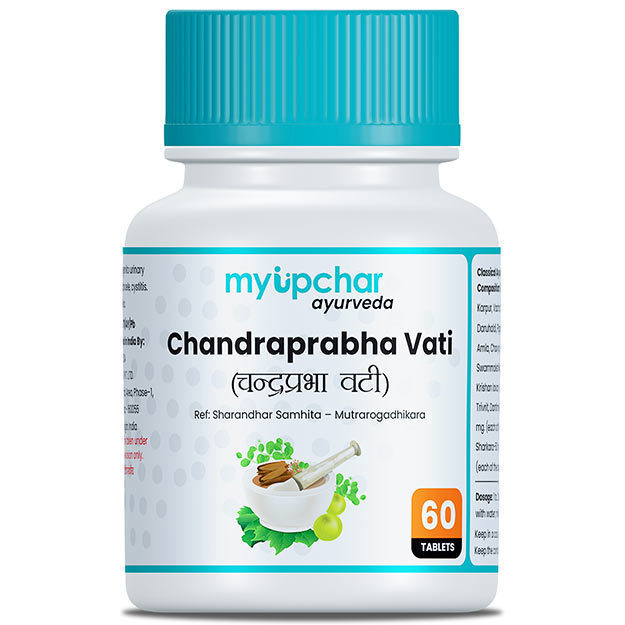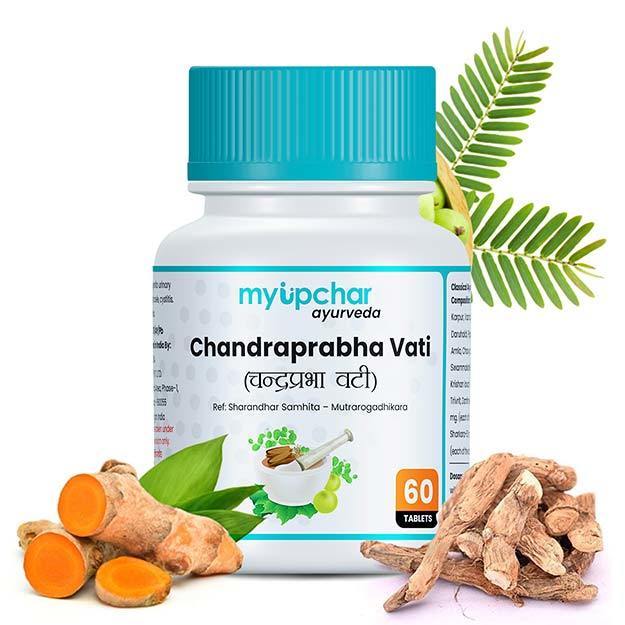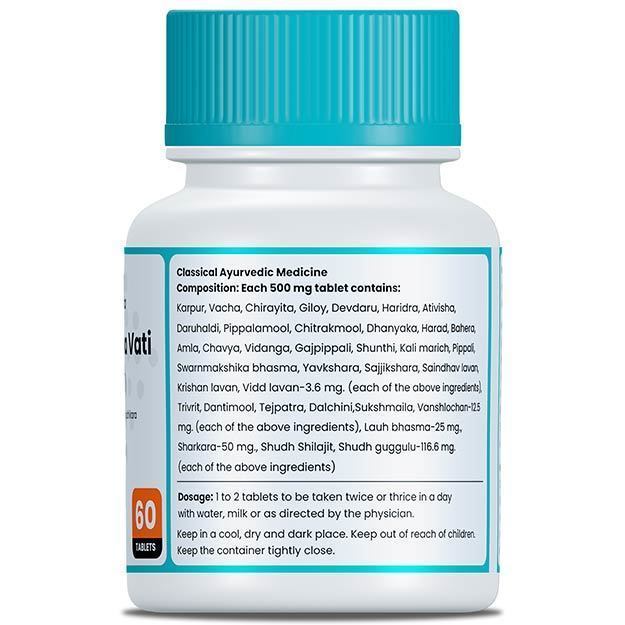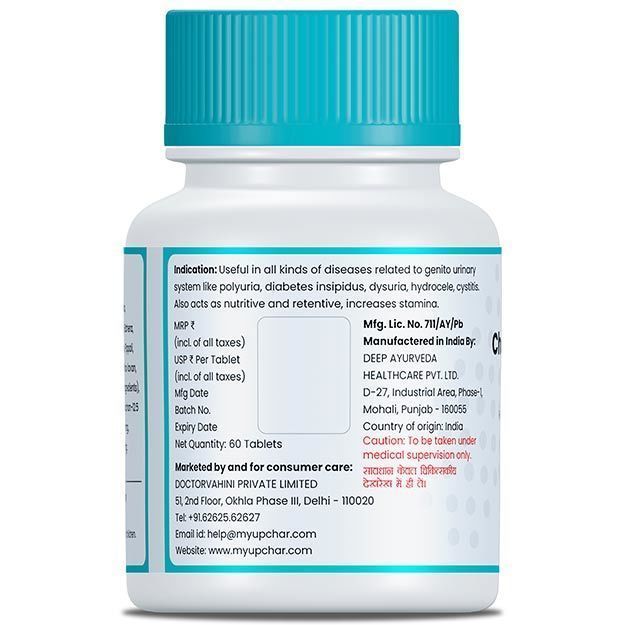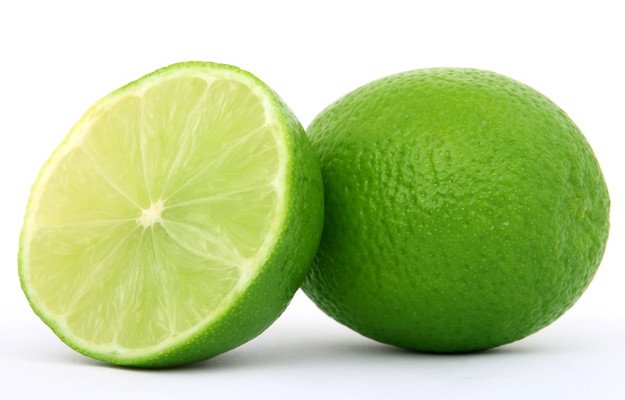Madras Thorn, scientifically known as Pithecellobium dulce, is a resilient tropical tree native to Central America but now widely found in South Asia, especially India. Its twisted branches, sweet-sour pods, and traditional medicinal uses have earned it regional nicknames like “Jungle Jalebi.” Farmers prize it for its drought tolerance, home gardeners like its almost bonsai‑like twists, and traditional healers value nearly every part of the plant. The sweet‑and‑tangy pulp in the curled pods is a modest but useful snack, while bark, leaves and seeds find their way into folk remedies for stomach ailments, skin injuries and even high blood sugar. Modern laboratory studies are beginning to confirm some of those age‑old claims, although many questions remain. This article reviews what researchers know so far, explores potential benefits, flags possible risks, and explains practical ways to harvest or buy and use Madras Thorn safely.
- What Is Madras Thorn?
- Nutritional Composition
-
Health Benefits
- Madras Thorn cures Aids Digestion
- Madras Thorn Boosts Immunity
- Madras Thorn Contains Antimicrobial Properties
- Madras thorn Supports Dental Health
- Madras Thorn Bears Anti-inflammatory and Analgesic Effects
- Madras Thorn Contains Anti-diabetic Potential
- Madras Thorn Wound Healing
- Madras Thorn Supports Anti-cancer Activity (Preliminary)
- Traditional and Culinary Uses
- Side Effects and Precautions
- How to Use Madras Thorn
- Evidence & Research Summary
- Buying and Storage Tips
- Precautions When Using
- Frequently Asked Questions (FAQs)
- Summary
What Is Madras Thorn?
From a distance the tree looks almost romantic, its grey–brown trunk bending and twisting as if sculpted by wind. Up close, you notice paired, feathery leaflets that fold at dusk; tiny cream or pinkish pom‑pom flowers; and thin, coiled pods that turn reddish when ripe. Open a pod and you will find black seeds embedded in cotton‑candy‑soft pulp that tastes somewhere between tamarind and sugar cane. In many Indian markets children sell these pods by the handful, calling them “Jungle Jalebi”—a playful nod to the spiral dessert.
The tree’s resilience is legendary. It grows in sandy coastal soil, gravely inland ground, urban median strips, even salty marsh edges, all while requiring minimal attention. That toughness explains why foresters sometimes classify it as an invasive species; yet for communities with limited water and little arable land, it is a free source of shade, fodder, and food.
(Read More: Immunity boosting foods and diet)
Nutritional Composition
The pulp of Madras Thorn is rich in:
The body can get many nutrients by consuming Madras thorn. Following are the nutrients present in 100 grams of Madras thorn:
- Calorie - 78 kcal
- Water - 77.8%
- Protein - 3%
- Fat - 0.4%
- Carbs - 18.2%
- Fiber - 1.2%
- Calcium - 13 mg
- Phosphorus - 42 mg
- Iron - 0.5 mg
- Sodium - 19 mg
- Potassium - 222 mg
- Vitamin C - 133 mg
(Read more: Treating nutritional deficiencies)
Health Benefits
Let's discuss the health benefits of Madras Thorn:
Madras Thorn cures Aids Digestion
Fiber in the pulp behaves like a natural broom, helping stool pass smoothly and reducing episodes of constipation. Meanwhile, mild astringent tannins can tighten irritated intestinal tissue, giving credence to the long‑standing practice of sipping bark decoction to ease diarrhea and dysentery. Villagers who lack access to modern rehydration salts often rely on a simple tea made from sliced bark, ginger and a pinch of rock salt; they claim it calms stomach cramps within hours.
(Read More: Heart disease)
Madras Thorn Boosts Immunity
Vitamin C is the most obvious immune supporter, neutralizing free radicals and sustaining white‑blood‑cell activity. Flavonoids amplify that effect by mopping up additional reactive molecules generated during infections or chronic stress. In animal tests, macrophages exposed to Pithecellobium dulce extract produced more defensive enzymes, hinting at a broader immunomodulatory influence.
(Read More: Arthritis in young adults)
Madras Thorn Contains Antimicrobial Properties
Laboratory plates streaked with E. coli, Staphylococcus aureus and various fungi show clear zones of inhibited growth when treated with alcohol extracts of the tree’s bark or leaves. Although in‑vitro success does not guarantee clinical efficacy, these findings align with field reports of healers applying leaf paste to ringworm and minor cuts to reduce secondary infection.
(Read More: Anemia diet)
Madras thorn Supports Dental Health
Chewing a freshly peeled twig may sound quaint, yet the fibrous tip works like a natural toothbrush, sweeping plaque while releasing antimicrobial sap. Small pilot studies at Indian dental colleges found that volunteers who used Madras Thorn sticks for one month had lower bacterial counts and marginally reduced gum bleeding compared with a control group using conventional nylon brushes.
(Read More: Diabetes Diet)
Madras Thorn Bears Anti-inflammatory and Analgesic Effects
Studies suggest that extracts from the tree can reduce swelling and provide pain relief, especially for joints and muscular discomfort. This supports its traditional use in treating fever, inflammation, and arthritis.
(Read More: Diet for Cancer patients)
Madras Thorn Contains Anti-diabetic Potential
Animal studies have shown that extracts from the seeds and leaves may help lower blood sugar levels, making it a possible natural aid for managing diabetes. However, more human research is needed before it can be medically recommended.
(Read More: Home remedies for mouth ulcers)
Madras Thorn Wound Healing
Crushed fresh leaves applied beneath a simple gauze bandage form a green poultice that villagers say “pulls heat” from cuts. Biochemists suspect tannins accelerate clot formation while saponins encourage new tissue growth, shortening closure time. Again, the evidence is mainly folklore plus a handful of animal reports, yet the practice persists because it costs nothing and rarely harms.
(Read More: Diet during the first month of pregnancy)
Madras Thorn Supports Anti-cancer Activity (Preliminary)
Some lab studies have found that extracts from Madras Thorn may suppress the growth of certain cancer cell lines. However, this is still in early research stages and not yet proven effective or safe for human cancer treatment.
(Read More: Shrimp Benefits and Side Effects: What You Need to Know)
Traditional and Culinary Uses
In markets across Tamil Nadu, street vendors crack open pods and heap the fluffy pulp on banana leaves, sprinkling chili‑salt to balance sweetness. Home cooks simmer the same pulp into bright‑pink chutney, blend it into cooling summer sherbets, or stir it into lentil stews for a tangy undertone. Twigs double as inexpensive toothbrushes; goat herders lop branches to feed browsing animals; and healers keep jars of sun‑dried bark chips ready for digestive infusions.
The fruit pulp is commonly eaten raw, especially by children. It is also used in:
- Chutneys and spicy pastes for rice or flatbreads.
- Refreshing beverages by mixing the pulp with salt, sugar, and water.
- Sweet-and-sour condiments for snacks and pickles.
In folk medicine, decoctions of the bark are used to treat fever, stomach infections, and joint pain. Leaf paste is applied externally to wounds, while the tree’s branches are chewed as a toothbrush to maintain dental hygiene.
(Read More: Fatty Liver Diet - What Should Eat and Avoid)
Side Effects and Precautions
While Madras Thorn is generally safe when used in moderate amounts, some potential side effects and cautions include:
Possible Side Effects:
- Allergic reactions: Skin irritation or itching may occur when applied externally.
- Stomach discomfort: Overconsumption of the pulp or unripe pods may cause loose motion or cramps.
- Iron absorption interference: High tannin content can reduce iron absorption, affecting individuals with anemia.
- Low blood sugar: People on diabetes medication may experience hypoglycemia if combined with extracts.
(Read More: Diet and Exercise Tips to Combat Stomach Swelling)
Who Should Avoid or Use with Caution:
- Pregnant or breastfeeding women.
- Children under 5 years of age.
- People with anemia or low iron levels.
- Those on medications for diabetes, blood pressure, or blood thinning.
(Read More: What to Do If You Have a Stomach Ache)
How to Use Madras Thorn
Madras Thorn can be used in various ways depending on your health goals or dietary preferences.
-
Eating the pulp: Wash the pod, remove seeds, and eat the pulp directly. It’s refreshing and tangy.
-
Chutneys and drinks: The pulp can be mixed with chili, salt, and tamarind to make chutney, or blended with water and sugar for a summer drink.
-
Bark decoction: Boil 10 g of bark in 500 ml water for 10–15 minutes. Strain and drink for digestive issues or inflammation.
-
Leaf paste: Crush fresh leaves and apply on wounds or insect bites for healing and antimicrobial effects.
-
Chewing stick: Use a peeled twig of the tree as a natural toothbrush, especially to reduce gum inflammation.
-
Supplemental form: In Ayurvedic medicine, standardized extracts may be available. Always follow label instructions and consult a doctor.
(Read More: How to Combat Stomach Infections)
Evidence & Research Summary
Although scientific research on Madras Thorn is still limited, some key observations include:
-
Antimicrobial studies: Lab tests have confirmed antibacterial and antifungal effects of bark and leaf extracts.
-
Anti-inflammatory and analgesic: Studies on animals have shown reduced inflammation and pain symptoms.
-
Blood sugar control: Animal trials support its ability to lower blood glucose, but more human research is required.
-
Oral hygiene benefits: Clinical observations suggest it reduces gum problems and plaque when used as a chew stick.
-
Antioxidant potential: The tree’s bioactive compounds may neutralize free radicals, supporting overall health.
(Read More: Stomach Gas)
Buying and Storage Tips
When fresh fruit is unavailable, look for dried pulp or powdered bark in shops that specialize in single‑ingredient botanicals rather than broad “miracle blend” supplements. The best products carry certifications—organic, pesticide‑tested, or third‑party verified for heavy metals. Bark chips should smell faintly earthy, not moldy; leaf powder ought to be olive‑green, not dull brown. Store all forms in airtight glass jars away from direct sunlight to preserve volatile compounds. If purchasing capsules, choose brands that disclose exact milligram amounts of active polyphenols and provide batch reports on request.
(Read More: How to Combat Stomach Infections)
Precautions When Using
When incorporating Madras Thorn into your diet or wellness routine, follow these safety tips:
- Start with small amounts and monitor how your body reacts.
- If using medicinally or in combination with medications, consult a healthcare provider.
- For topical use, always do a patch test first.
- Avoid large quantities, especially of raw bark or unripe pods.
(Read More: When to Seek Medical Help for a Stomach Infection)
Frequently Asked Questions (FAQs)
Got Questions? We got the solutions.
Is Madras Thorn safe for children?
Yes, in moderate amounts. The sweet pulp is often enjoyed by kids but should be given in limited quantities.
Can I use it daily as a supplement?
Daily use of pulp in food is safe. For supplements or bark decoctions, regular use should be discussed with a doctor.
(Read More: Home remedies for stomach pain)
Does the twig really clean teeth?
Constipated individuals often feel relief within a day or two of eating fiber‑rich pulp, whereas the astringent effect for diarrhea typically appears after the second cup of bark decoction.
Are there any interactions with medications?
Possibly, especially with diabetes, hypertension, or blood-thinning drugs. Always consult your doctor.
(Read More: How to Clean Your Stomach)
Summary
Madras Thorn offers a fascinating blend of resilience, nutrition and medicinal promise. Fiber and vitamin C explain its digestive and immune support, while an array of polyphenols brings anti‑microbial, anti‑inflammatory and possibly glucose‑moderating effects. Side‑effects are generally mild and avoidable with sensible dosing. From quick roadside snacks to carefully prepared decoctions, this plant shows how traditional knowledge and emerging science can meet halfway—each enriching the other.
Nature has its own quiet remedies, and Madras Thorn is one of them. It doesn’t boast flashy claims or instant cures, but its consistent presence in folk medicine, growing scientific validation, and practical ease of use make it a plant worth paying attention to. Whether you're chewing on a twig, sipping bark tea, or adding the pulp to your meal, this tree offers a grounded path to wellness—if used with care and respect.
Find Ayurvedic Doctor in cities
Doctors for Madras Thorn Benefits, Uses, and Side Effects: A Complete Guide

Dr. Ayush Bansal
Ayurveda
2 Years of Experience

Dr. Megha Sugandh
Ayurveda
6 Years of Experience

Dr. Nadeem
Ayurveda
3 Years of Experience


